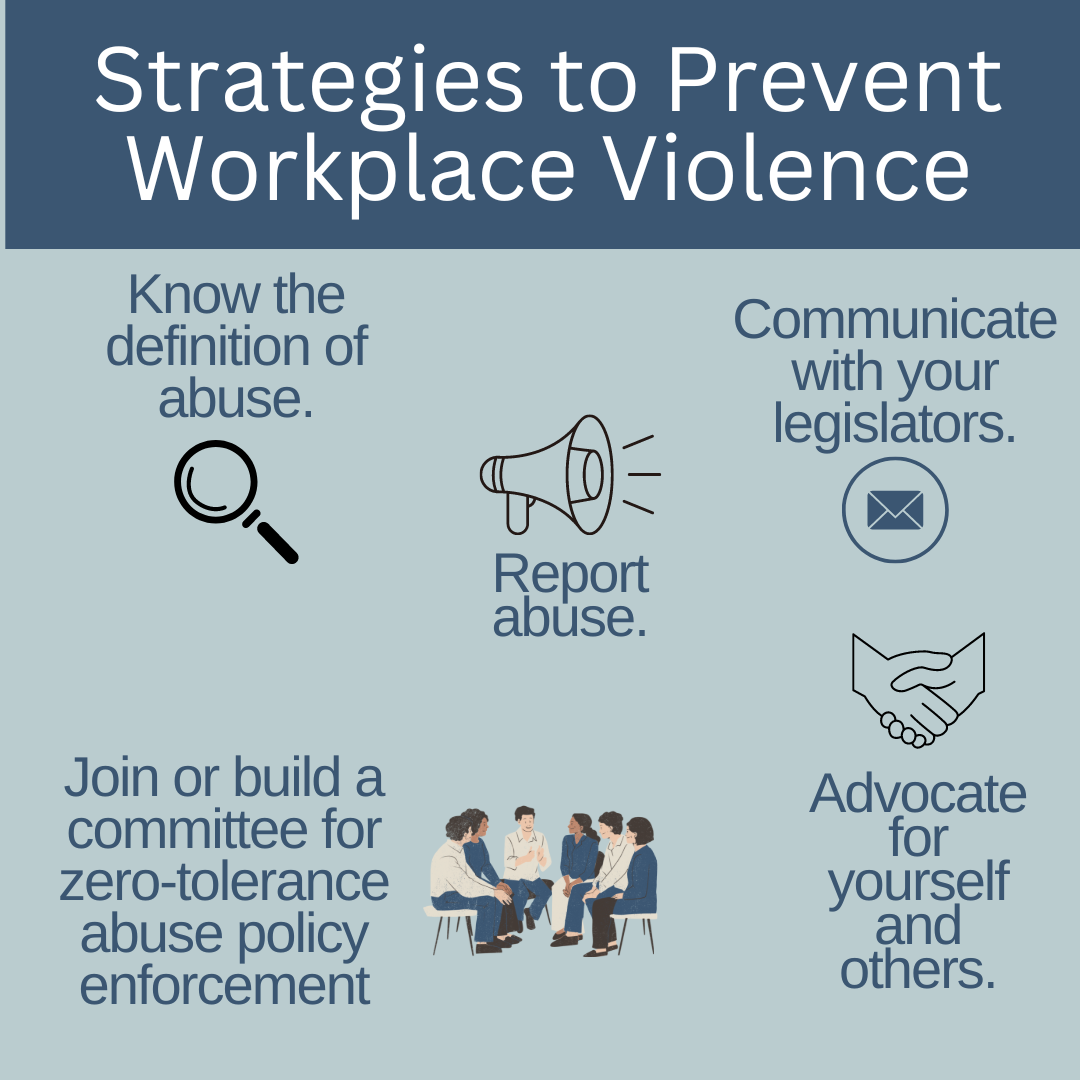California Workplace Violence Prevention: Legal Needs and Conformity
California Workplace Violence Prevention: Legal Needs and Conformity
Blog Article
Recognizing the Lawful Needs and Best Practices for California Workplace Violence Avoidance for Companies
In the world of The golden state workplace safety, comprehending the legal needs and ideal practices for preventing violence is critical for employers. As the dynamics of the modern workplace remain to develop, so do the prospective dangers connected with work environment violence. From abiding by state-specific laws to executing effective prevention approaches and response methods, companies encounter a complex difficulty in securing their workers and workplaces. By exploring the detailed interplay in between lawful commitments and market finest methods, companies can not only reduce risks yet additionally promote a culture of safety and security and well-being within their companies.
Lawful Structure in California
These policies need companies to analyze and attend to possible workplace physical violence risks with the application of thorough avoidance programs. Employers must develop and preserve a written Workplace Violence Prevention Strategy that consists of treatments for evaluating and identifying workplace violence threats, as well as methods for reacting to and investigating incidents.
Additionally, The golden state Labor Code area 6400 requireds that companies supply a healthy and safe job atmosphere for all workers. This includes taking steps to stop workplace violence by implementing security measures, supplying training on responding and recognizing to possible hazards, and promoting a culture of open communication pertaining to safety and security worries. Failure to adhere to these lawful needs can lead to penalties and penalties for companies, highlighting the importance of focusing on workplace physical violence avoidance in California.

Threat Analysis and Avoidance Methods
Building upon the legal structure developed in California for workplace physical violence prevention, the emphasis currently shifts in the direction of performing comprehensive danger analyses and implementing efficient prevention methods to protect staff members. Threat analysis is an important action in recognizing potential sources of workplace violence, including interior conflicts, client disagreements, or external risks. Prevention methods might consist of carrying out clear office physical violence plans, offering training on dispute resolution and de-escalation methods, establishing reporting procedures for concerning behaviors, and enhancing physical safety and security steps.
Employee Training and Education
How can employers ensure a ready and educated labor force in the realm of workplace violence avoidance? Employee training and education and learning are extremely important in furnishing team with the expertise and skills necessary to recognize, protect against, and react to prospective acts of violence in the office. Training needs to include a series of subjects, consisting of acknowledging warning signs of possible violence, de-escalation techniques, reporting treatments, and exactly how to access assistance resources.
Employers must carry out regular training sessions that are customized to the certain needs and threats of their work environment. It is vital to involve workers at all degrees of the organization, from entry-level team to management, to ensure detailed understanding and implementation of physical violence prevention methods. Training ought to be interactive, interesting workers in realistic situations and providing them with the possibility to practice their response skills.
Additionally, companies must consistently evaluate and upgrade their training programs to show any kind of modifications in the office atmosphere or new insights right into effective violence go to the website avoidance strategies. By purchasing recurring education and training, companies show their dedication to creating a protected and risk-free job environment for all workers.
Coverage and Feedback Protocols
Efficient work environment physical violence avoidance hinges on the establishment of clear and efficient coverage and feedback methods within companies. Companies should execute straightforward coverage treatments that motivate workers to speak up without fear of revenge.
Along with reporting procedures, organizations must have well-defined feedback treatments in position. This entails promptly exploring reported cases, analyzing the degree of risk, and taking appropriate activity to deal with the situation. Feedbacks might vary relying on the intensity of the risk, ranging from problem resolution methods to involving regulation enforcement if essential. Routine training on these response methods is necessary to make sure all employees are prepared to handle possible physical violence in the workplace properly.
Continuous Conformity and Assessment
To make sure the efficacy of reporting and feedback protocols in stopping office violence, continuous conformity and evaluation systems need to be established within companies. Consistently reviewing and updating treatments and policies related to work environment physical violence avoidance is necessary to deal with progressing dangers and make certain that employees are properly secured. This process involves carrying out regular risk assessments, assessing the efficiency of existing prevention steps, and making any type of required modifications to improve safety.
Employers need to also provide regular training sessions to educate staff members on identifying indication of prospective see this violence, reporting treatments, and proper actions to threatening situations. Surveillance and analyzing worker compliance with these methods is crucial to keeping a risk-free workplace.
Moreover, organizations must develop clear channels of interaction for workers to report any type of concerns pertaining to work environment violence anonymously and without anxiety of retaliation (california workplace violence prevention). Conducting detailed investigations right into reported occurrences and addressing them without delay and properly is vital in demonstrating a commitment to stop workplace physical violence and fostering a society of safety and regard within the workplace
Final Thought
Finally, The golden state companies should follow the legal structure for workplace physical violence prevention, conduct danger analyses, execute avoidance strategies, supply training and education to workers, develop reporting and action methods, and make certain recurring compliance and examination. By proactively addressing work environment physical violence, companies can create a risk-free and secure job environment for their workers and minimize potential dangers. Conformity with these needs is necessary to advertising a society of safety and security and avoiding occurrences of office physical violence.
As the dynamics of the modern find here workplace continue to progress, so do the potential threats associated with workplace violence. These policies need employers to evaluate and attend to prospective office physical violence threats via the execution of thorough avoidance programs. Employers should establish and maintain a written Workplace Violence Prevention Strategy that consists of treatments for reviewing and recognizing office physical violence risks, as well as methods for responding to and checking out occurrences.

In final thought, The golden state employers need to adhere to the legal framework for workplace violence prevention, conduct risk assessments, execute prevention techniques, offer training and education to employees, establish coverage and feedback methods, and make sure continuous compliance and assessment.
Report this page